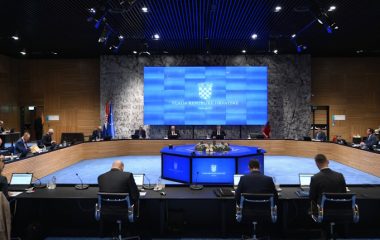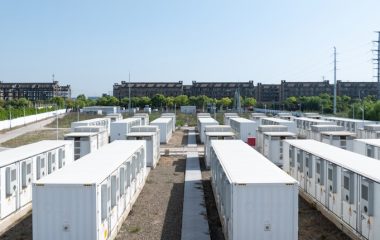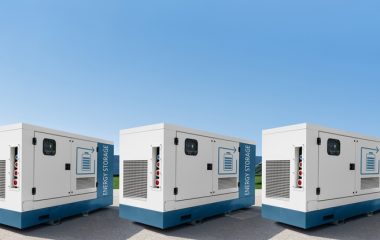
European Union member states in Central and Eastern Europe (CEE), including Romania and Croatia, misspend the bloc’s funds destined to transform the carbon-intensive, inefficient energy systems of their countries, according to the authors of the study ‘Climate’s Enfants Terribles’. CEE Bankwatch Network and Friends of the Earth commissioned the document interpreting how the continent’s clean energy transition is held back.
Regardless of the outcome of climate talks in Paris, EU funds in the covered region are spent on coal, gas and old transport systems – locking countries into fossil-fuel dependency, at the expense of renewables and energy efficiency, the study says. In CEE countries only 7% of the EUR 178 billion in European Regional Development and Cohesion Funds will be invested into renewables, energy efficiency and smart grids, according to the findings cited in the paper.
“Analyzing the spending plans and programmes of the EU funds in nine countries, this report argues that the potential of the EU funds to catalyze the clean energy transition in Central and Eastern Europe from 2014 to 2020 remains largely untapped. Current EU funds’ investment plans and programmes from Central and Eastern European member states will contribute only to a limited extent to making economies cleaner, leaner and lighter. Instead of catalyzing a transition to a decarbonized, renewables-based and resource-saving economy that respects the planet’s boundaries, we see an investment approach that mostly maintains the fossil fuels–based, energy-intensive economy that threatens the long-term sustainability of European societies,” the study says.
The subjects of the report are the European Regional Development Fund (ERDF), the European Social Fund (ESF), and the Cohesion Fund (CF).
Following a business-as-usual scenario, Romania’s energy-related strategies do include energy efficiency and the improvement of systems for supporting renewables in line with EU’s 2020 targets, however nuclear energy, natural gas as a ‘transition fuel’ and the completion of the internal energy market prevail, the authors concluded. Alternatives for post-2020 aimed at completely phasing out fossil fuels and nuclear energy are not considered within national strategies or investments, the document adds. “Romania’s climate action is, in effect, mostly EU-led, climate mitigation objectives are driven by EU targets and funded by EU funds, the government does not envision additional or complementary policies to address climate change. Transport sector plans, one third of all EU funds, do not make any reference to climate considerations,” according to the findings.
Romania is on course to meet its three EU 2020 energy targets. While the cut in emissions is mostly a reflection of major economic shocks, energy consumption maintains its declining trend, the authors note. Bearing in mind the experience with the 2007–2013 EU funds, which the state had difficulty spending, it is understandable why the authorities are very much concerned to attain as high as possible absorption rates, they added. However, the previous experience has also been tainted by many examples of projects lacking in quality that spent millions of the allocations without producing the desired results and with no longer-term impact, the study concludes.
The current trend of decreasing energy consumption and greenhouse gas emissions reduction makes Croatia’s 2020 energy targets obsolete, however EU funds‘ spending plans are at least going beyond national ambitions, the paper notes. The national plan for green energy does not foresee new installations by 2020 for solar and wind, while planned fossil fuel installations block a clean energy development pathway, the authors concluded. “Planning documents fall short on horizontal integration of climate considerations, neglecting obligatory requirements. Funding for electricity transmission is not in line with the stated priorities” to match interest for investment in renewable energy sources from the private or business sector, the document says.
In spite of progress faster than targets, there are still obstacles to new capacities: permits for small projects are the same as for large ones and they should be awarded based on energy potential, according to the paper. Furthermore, quotas for photovoltaics are seen as too low, incorrect alignment of goals is set in the legislative framework and the national strategy, and there is technical limitation of the energy system for connection of new green power due to shortage of regulatory energy in conditions of intermittent functioning. Administrative barriers for usage of biomass were identified.
EU funds could provide assistance in solving technical limitation while technical assistance funds could provide support for easing the administrative barriers in Croatia, the study found.
Overall, EU funds’ spending plans need to be embedded into longer-term greenhouse gas reduction strategies aiming at 80% to 95% cut in emissions and the construction of low-consuming, renewables-based energy systems, according to recommendations in the study.








